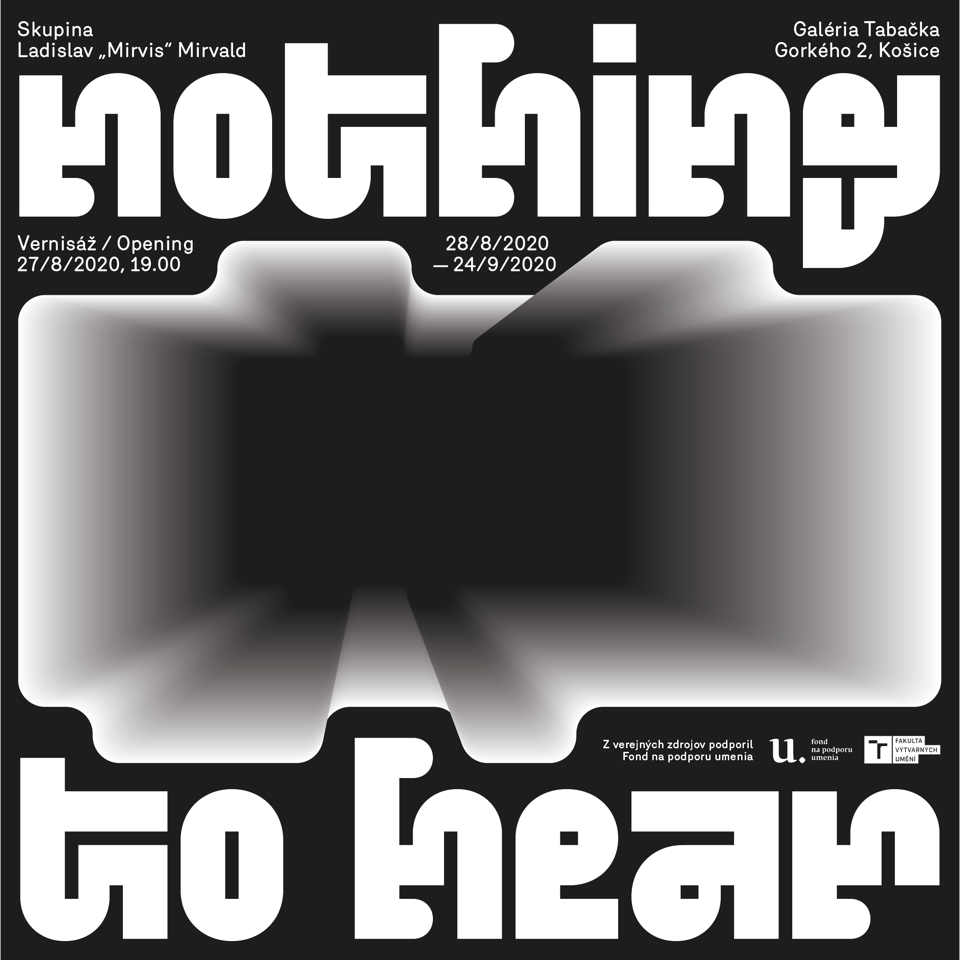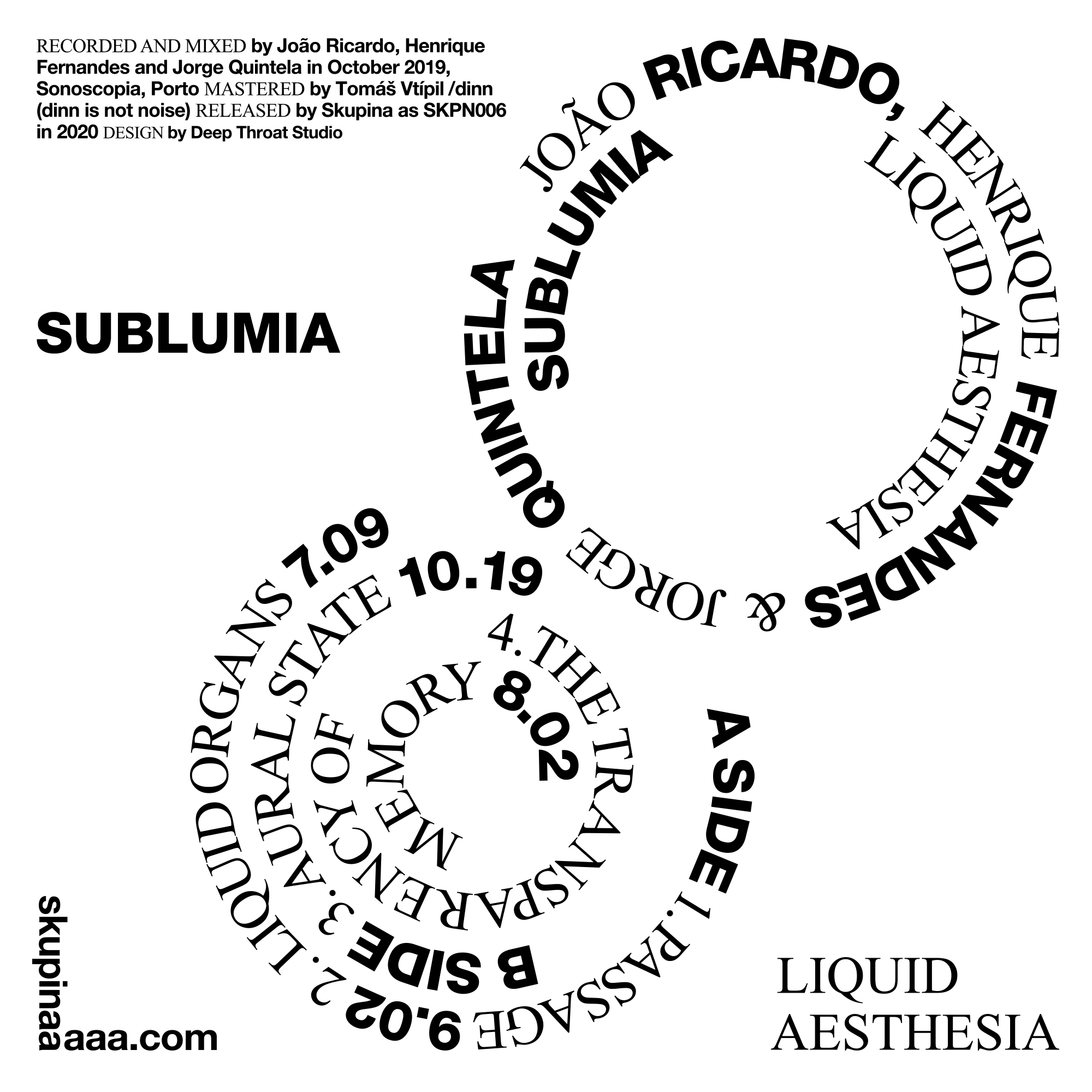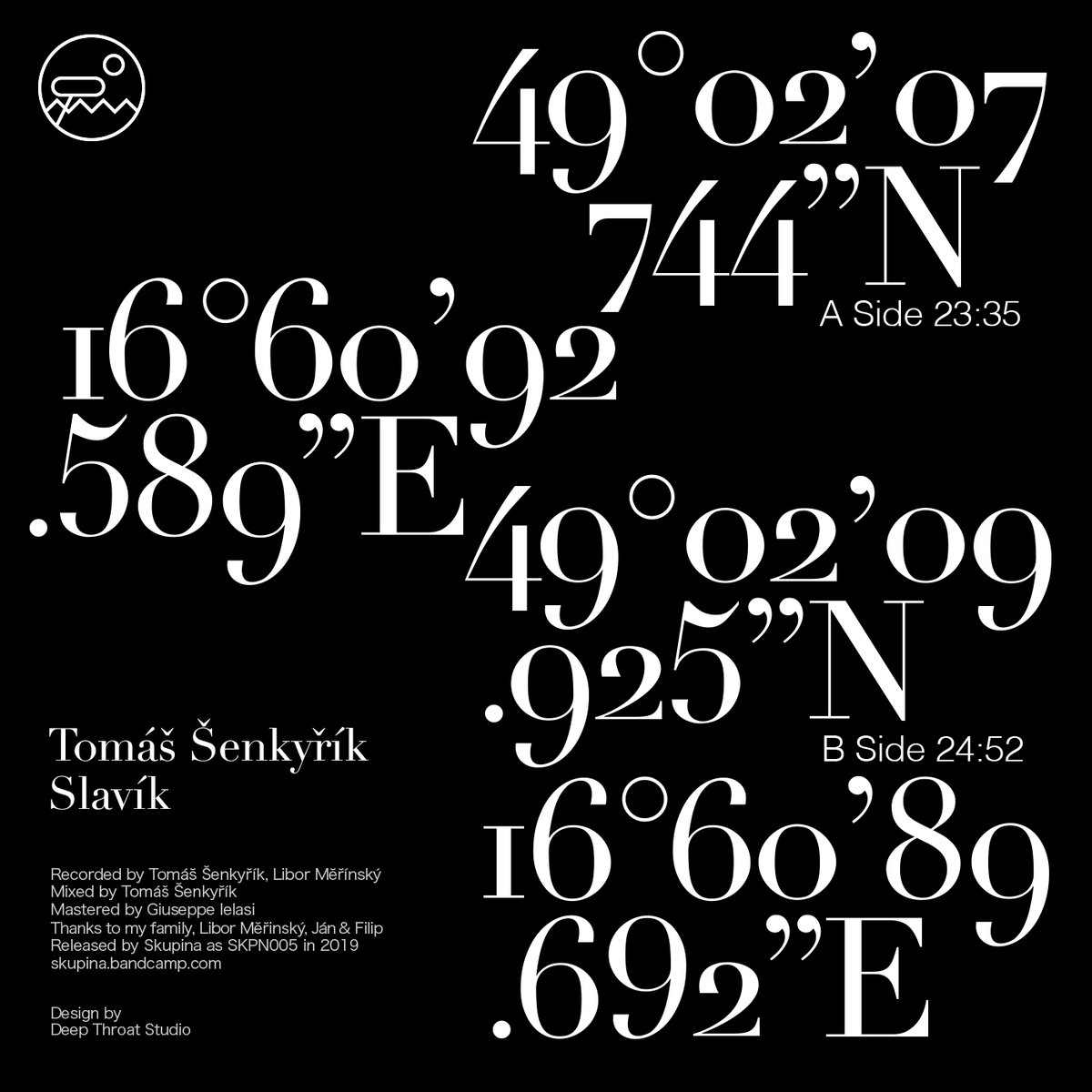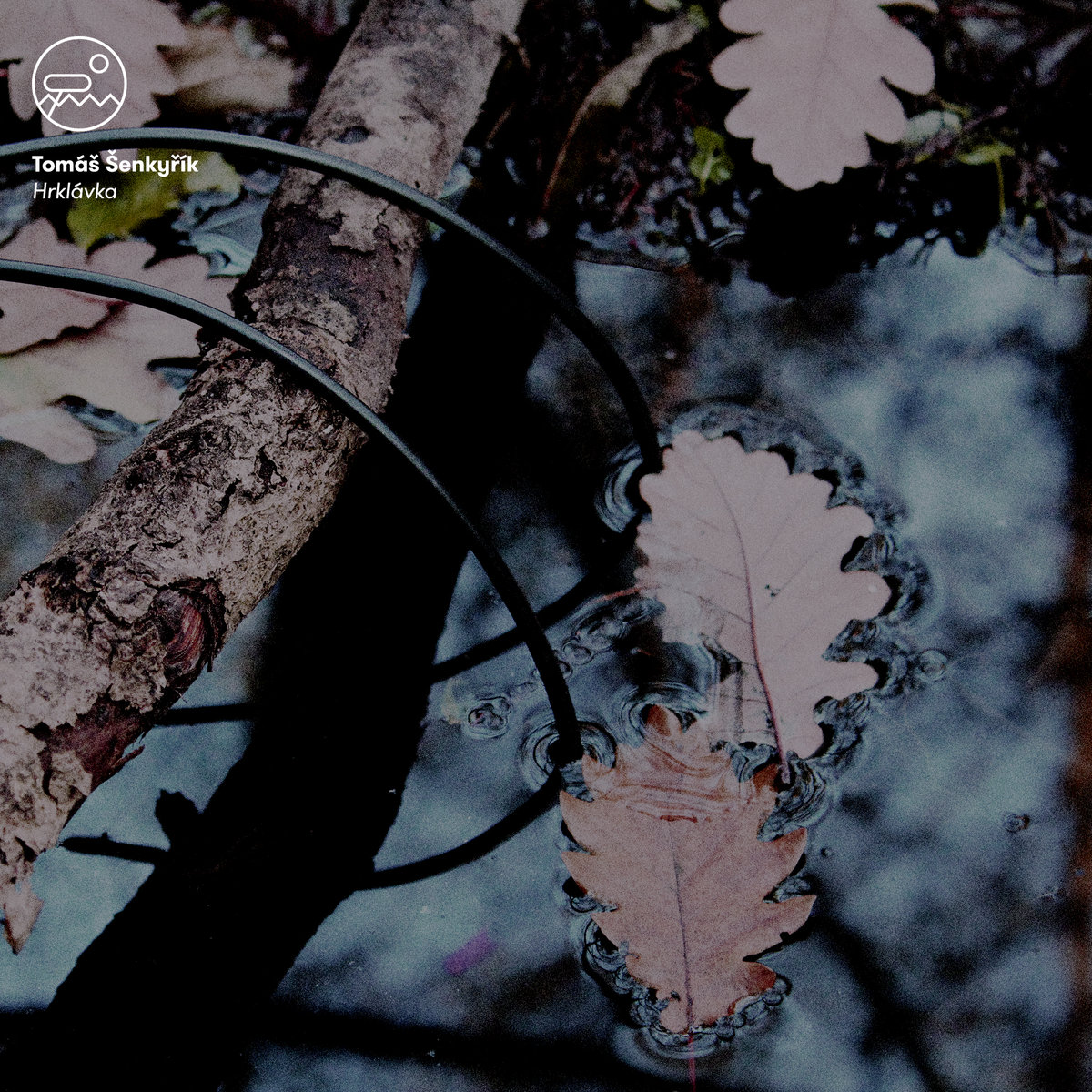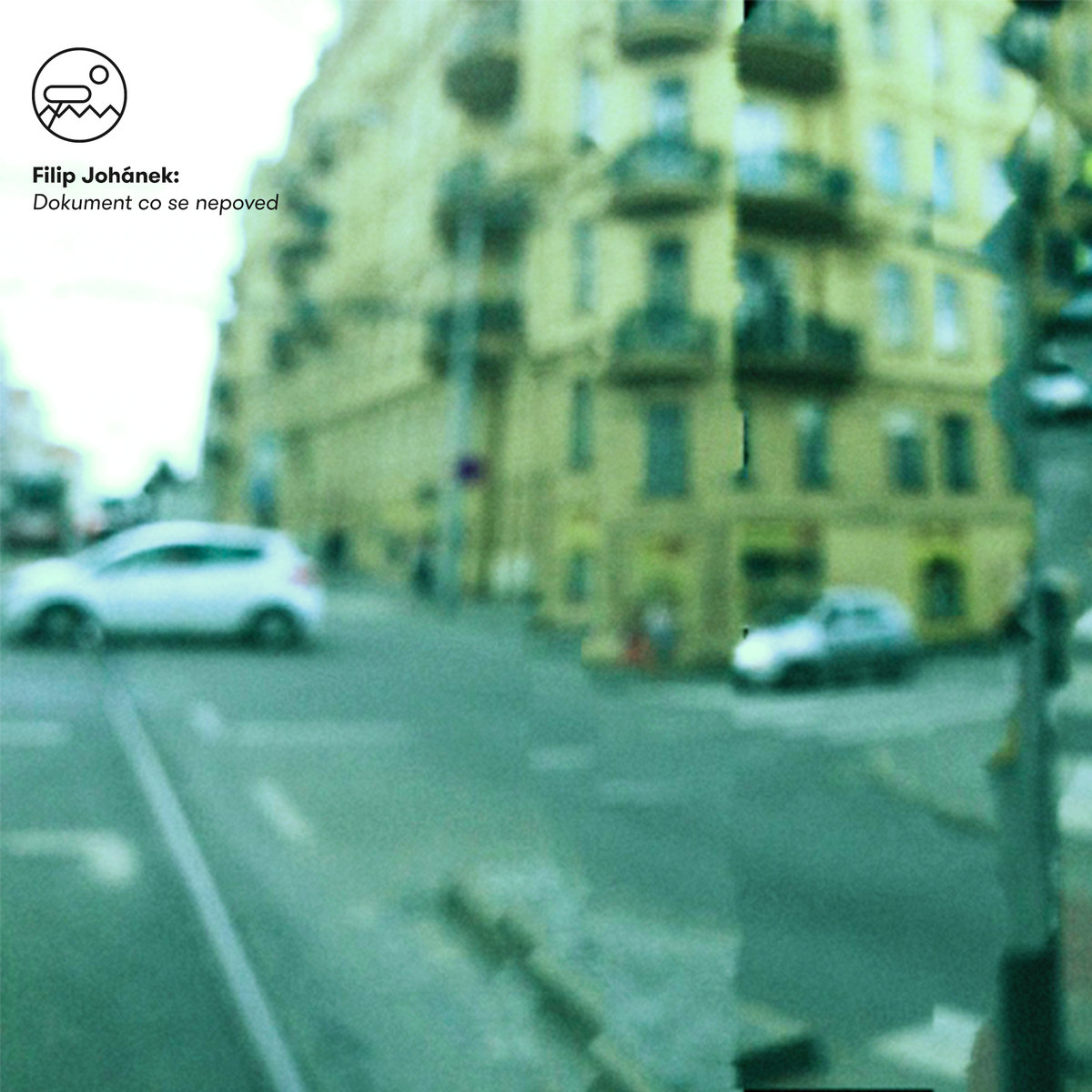Limited edition cassette + Digital album.
Ganz im Gegenteil – the title of Andy Klingensmith's new album – roughly translates to “quite the opposite”. This element of a slightly surprising shift in perspective is at the core of the record. Equally inspired by the pain and catastrophes caused by human ignorance and the vast natural beauty of the Death Valley (the lowest point in North America), Ganz im Gegenteil was composed and assembled using recordings which explore the tactile sounds of various objects, sand, tree branches, and many odd stretches of stone, as well as recordings of silences. The result is an absorbing, panoramic and restrained sound collage with the subtlest hints of minimal techno and trance interwoven with ambiences, indeterminate rhythms, jury-rigged electronics and concrete sounds. The closing moments encapsulate the cryptic, tribal, vaguely frightening feeling that permeates the record, albeit in the sonic language of almost-pop, sourced from a warbled new-age-tape.
Klingensmith's approach to recording and sound in general here isn't autobiographical, but could rather be described as empathetic. Recorded across Tennessee, Ohio, Illinois, Nevada, and Death Valley, California throughout 2020 and 2021, Ganz im Gegenteil makes use of sonic moments both completely isolated as well as familiar, and occupies the liminal space in between the two. Recordings of domestic objects like jewelry, hairbrushes and coffee cups are interwoven indeterminately with late evening soundscapes of ancient natural wonders. The recording hovers in a limbo of intimacy, fragility and pleasant uncertainty, a place you slowly recognize yourself and others in. The work intensely appreciates the ones that surrounded and informed it, but also recognizes that there is something universal about the human experience, and, by extension, the way we experience this work. We think the life we live can only be lived by us, but quite the opposite is true.
(Adam Badí Donoval)
Site-specific installation + Catalogue.
Skupina/Ladislav "Mirvis" Mirvald - NOTHING TO HEAR, 27/08 - 24/9/2020, Tabačka Gallery, Košice, Slovakia
Limited edition cassette + Digital album.
Sublumia: Liquid Aesthesia is a performance/sound installation created by Henrique Fernandes and Jorge Quintela. It was premiered in September 2018, at the Patriarchal Reservoir, in the context of the Lisboa Soa festival.
The present phonographic record is an independent sound piece which reinterprets and invokes the original work, departing from its memory and aural dimension.
Sublumia is composed of a set of sound objects/visual devices, distributed throughout the performance space. These objects/devices might be characterized as inducers and facilitators of a symbiotic relationship between the emitter/object and the receiver/ space.
Idealized as a vehicle for manipulation and enhancement of plastic and sound imagery, it is associated with the characteristics of an underground space, be it natural or of human construction.
The objects that integrate it use the sound capture and projection of light from and on water and several electromechanical elements, such as air pumps, dc motors and sound induction devices, without resorting to manipulation or any type of artificialization of the sound sources or lighting.
It should be noted that, in addition to the sound and resonant qualities of the materials used, such as water – a central element of the work and of the intervention space - glass and acrylic, these aesthetic and plastic elements act as vehicles of transformation and enhancement of images and of luminous and auditory narratives.
Limited edition cassette + Digital album.
The cassette comes out together with contributions from Vít Bohal and Tomáš Šenkyřík. Bohal in his text describes the alternative way to understand the nightingale through speculative biology of Vilém Flusser, while Šenkyřík presents his hand-made field notes and motivations to take a trip to the places where nightingales sing their songs for last 40 years. Typo and design by Deep Throat Studio.
Yesterday we came back from a wine tasting event where our friend told us that, come May, he would take us to listen to the nightingale singing at midnight. “Could you go with us and record it?”, he asked me. Immediately, I said yes. I had wished to record the nightingale at night for a longer time. We agreed to try it
during midnight on May 14th (2017). That day was supposed to be a full moon which has a good effect on the nightingale’s singing. In the evening, while I was preparing my recording gear, I constantly heard in my head the feuilleton of Jan Skácel about how Czechoslovak Radio recorded a nightingale in Židlochovice. The radio staff went to the Židlochivice park at that time. They took a bunch of magnetic tapes, cables and other kinds of equipment, carefully built and connect everything up, and waited. The Židlochovice nightingale was quiet and did not sing that night. According to the locals, the nightingales sang very loudly during the whole May. Only that day, as Jan Skácel wrote, birds were silent for incomprehensible reasons. When I set my recorder, microphones and parabola, and got into the car, I kept thinking about Skácel's writing. Will it be like it was with the Radio? When I reached the place and exited the car I felt a pleasant humidity and May's warm air. Dense steam went up from the fields nearby the Šatava river. A few steps later, I heard one or two nightingales. Their singing sounded acute into the quiet night. I recorded them for more then an hour without changing place. I forgot about the time and recording likewise. For me it seemed to be that the nightingale was giving me a message about the unique harmony of nature. At around two in the morning we were sitting on the terrace of my friend who organized the trip to hear the nightingales. He thought back to a time 40 years ago when he went with his wife to the same place in order to listen to the nightingale. He told me that somewhere he still has audiotape recordings of the nightingale from the same places, recorded in 1978. He found it and we digitalized it together with Skupina.
The album you are going to hear starts with the recording from the late 1970s. There are three time zones in total. The years of 1978, 2017 and 2018. The second side of the album is dedicated to the place and time without the bird. It is a portrait of a place, how it sounds when the bird is not present, when the trees are swelled by chilly wind, when ice floes float on the Šatava river. But somewhere in the head we can still hear its singing, or at least we suspect it’s there.
UŠAMI / Sound mapping camp is a project of the mappa editions label. The aim is to bring curatorial activities more to the field, trying to map various cultural and social phenomena from the sonic vantage point. For that we use marginal forms of sound art that links the interest in active listening, experimenting with sound, social and critical dimensions of listening, oral and aural history and the issues of acoustic ecology. We are very much interested in the way how particular places on the map of Slovakia sound; we also speculate how they might sound in the future and search for their echoes in the past. The focal point of the project is a series of residences, a temporal open community of artists and enthusiasts – a camp that would map a single topic in a particular region, paving the way to the most varied artistic approaches and concepts. The outcome might be field recordings, sound interventions or walks, a radio documentary, music compositions or an interactive map. At the same time, we would like to share and spread thoughts and approaches towards the sound environment as well as to seek contact with the local milieu.
Štítnik, Dobšiná, Brdárka
Three tracks out of the initially 30-minute original outcomes are a display of the actual acoustic response of three churches. The making of these sound portraits involved recording the silence of closed spaces disrupted merely by natural external sounds of the landscape between the Slovak Paradise and Slovak Carst. “The silence” was later replayed in the space of the church to be repeatedly recorded within several- hour process. The result of the process is an acoustic response of the place. In the layering process, architectural solutions of the space will begin to emphasize the frequencies resounding in the room, at the same filtering out those bands that do not do so. Resonance as amplification or stretching the sound through its reflection from the surface, onto which it is reproduced, represents an important aspect of its spreading in space. Sound as a means of communication, its meaning for the space and the very response of the space to this act. Letting an object speak, accepting its perspective. The further work with the material that was not posprocessed was following this principle.
Limited edition Flash-drive + Digital album. This release is a subjective reflection on the place of Hrklávka by the Rusava river in Czech Republic. During the span of one year, soundscapes were captured in order to make a sonic portrait of the landscape. The author grew up and spent his childhood in the recorded places which his father had shown to him one day, and he returned there to present those early memories and confront them with the contemporary soundscape. The album is accompanied by a notebook with notes that were made in the field during the recordings and describe the author’s recording techniques.
This site-specific sound document by Filip Johánek thematises stories and situations from the streets of Brno and the people who spend a certain part of their daily lives in the streets, developing their livelihoods and interacting with their surroundings and the public space.
This site-specific work focuses on the meaning of the railways. The travellers interact with space with different motivations while their common denominator is movement – in this case personalized by the medium of the train. The journey could be seen in two dimensions: as a way out towards the unknown, to friends, new life experiences and at the same time as a way back to the roots, to family and its traditions. This album is the outcome of the artistic residency at the Um-Um art festival which took place in Stará Ľubovňa September 1 – 4, 2016. The content reflects the theme of the festival which focused on "the way to the roots".
This album is a sound representation of the interior passages of Brno, Czech Republic. The recordist – a modern flaneur – crosses the places that Walter Benjamin in his writing considered the Mecca of the modern world. This work attempts to continue its heritage and zoom in on the contemporary soundscapes which largely no longer fit the original ideas of Benjamin's visions.
062015 combines field recordings and soundscapes from the western coast of Iceland, recorded during a two-week stay during June of 2016, with dreamy layers of a shoe-gaze guitar. The album thus transcends traditional recordings of nature sounds and enhances them for repetitive drone passages reminiscent of the port-scapes of Howard Phillips Lovecraft. The individual track names reference the places where the recordings were made and is also complemented by the album art which works as a “blind” map of the west coast of Iceland. The individual tracks retain their descriptive character in their names without any inkling of narrative.
062015 is released not only in digital form but there is also a limited edition of seventeen 90-minute MC tapes. The recycling of the medium is intentional, and the already-used and repeatedly played tapes thus present a certain solution. The imperfection of the used magnetic tape and its glitches remake and remix the recording which transfers the position of the author from the individual to the medium itself. The album has been recorded on only one side of the tape while the rest retains its original content, mostly consisting of recordings of American fake-news radio broadcasts. The 062015 album is the solo debut of the Berlin-based Filip Drábek who is also one of the founders of Petržal’s electronic label Exitab, is ex-member of Bratislava’s shoegaze band The Ills and currently one half of the lo-fi folk duo Päfgens.

